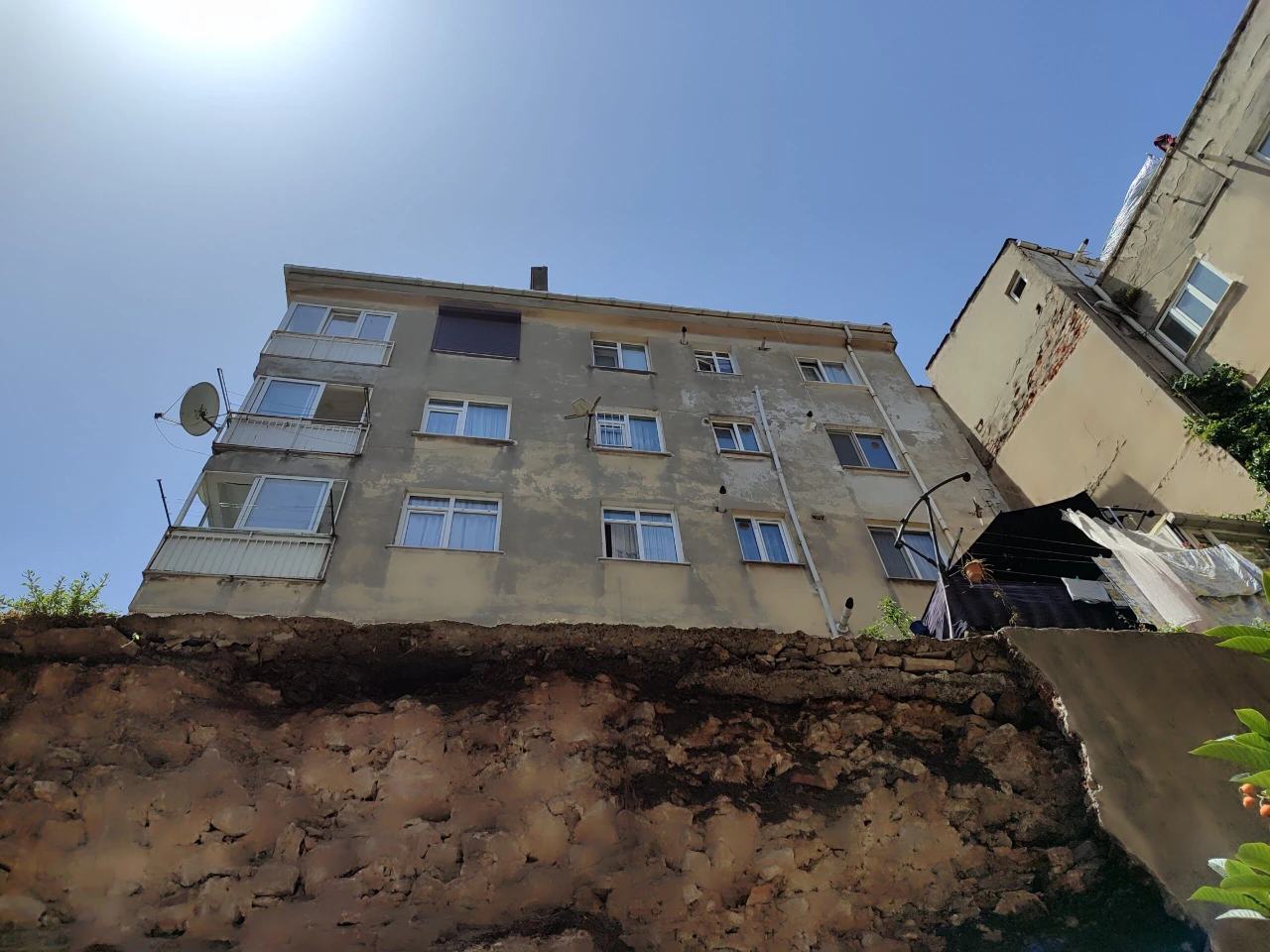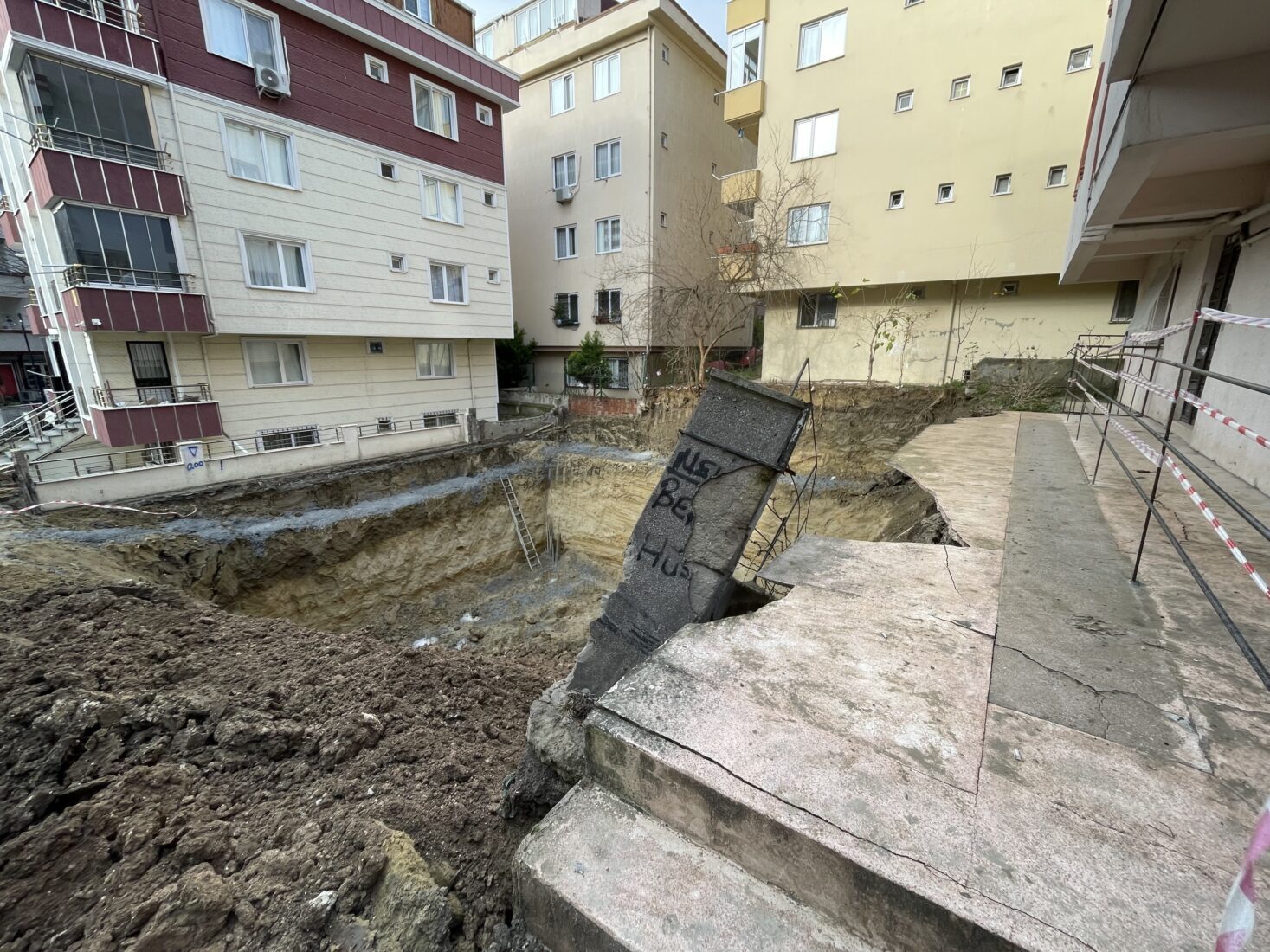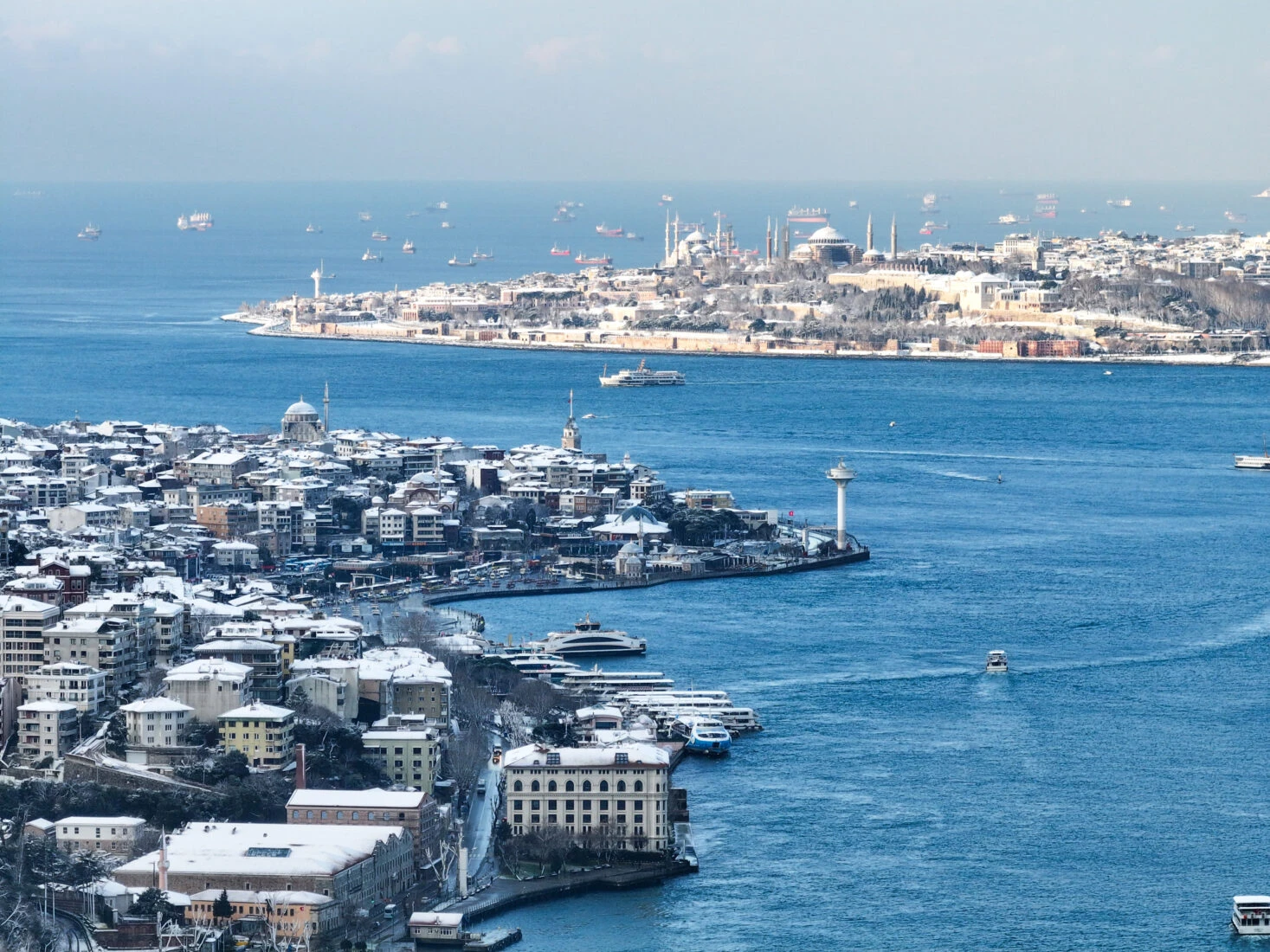Yenikapi, Zeytinburnu, Atakoy, Bahcesehir among Istanbul districts at earthquake risk: Expert
 Retaining wall collapse in Fatih, Istanbul, Türkiye, June 6, 2024. (IHA Photo)
Retaining wall collapse in Fatih, Istanbul, Türkiye, June 6, 2024. (IHA Photo)
Geological engineer Professor Sener Usumezsoy revealed the Istanbul districts and neighborhoods with the most problematic ground conditions, especially in the event of an earthquake with a magnitude of 6.0 or higher.
He outlined the districts with the strongest and weakest ground conditions, predicting the potential impact of such an earthquake.

Istanbul districts with best ground conditions
Professor Usumezsoy shared the Istanbul districts with the best ground conditions in Istanbul. According to him, the areas around Aydos, Camlica, and Kadikoy are among the most solid regions in the city.
He noted, “The ridges of Maltepe and Kartal are particularly stable. However, Bostanci’s coastal areas show weaker ground conditions. The upper parts of these areas, however, remain solid. This is why these areas are now so densely populated, and green spaces have significantly decreased.”

Worst ground conditions in Istanbul: Risk areas identified
Professor Sener Usumezsoy also pointed out that some districts in Istanbul have severe ground issues. The worst ground conditions start in Bakirkoy, stretching along the coastline of the Sea of Marmara. This problematic formation continues from Topkapi, moving eastward to Yenikapi, covering Zeytinburnu and Atakoy, and reaching the coast near Buyukcekmece.
“New developments are being built in these areas,” said Professor Sener Usumezsoy. “In case of a 6.0-magnitude earthquake, Silivri and Kumburgaz could experience significant ground displacement. Buildings in these areas are at risk of sliding downhill, particularly in regions affected by landslides, which have already caused foundation problems.
To prevent further ground displacement, deep foundations are being drilled into the soil. In the event of a large earthquake, these areas will likely experience substantial shifts downward, posing considerable risks to residents.”

Why these areas are so vulnerable
According to Usumezsoy, the unstable ground in these regions makes them highly susceptible to landslides and soil movements during strong earthquakes. The presence of soft and loose soil along the Marmara coastline further exacerbates the risk, particularly as construction continues in these vulnerable zones.
With Istanbul’s rapid urbanization, these areas have become more densely populated, making them even more vulnerable to natural disasters.



